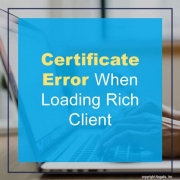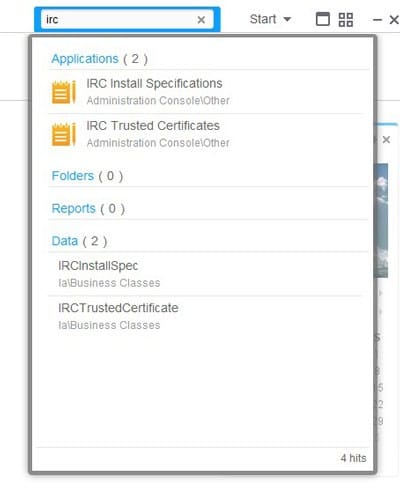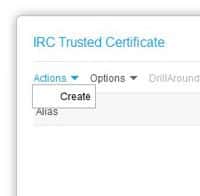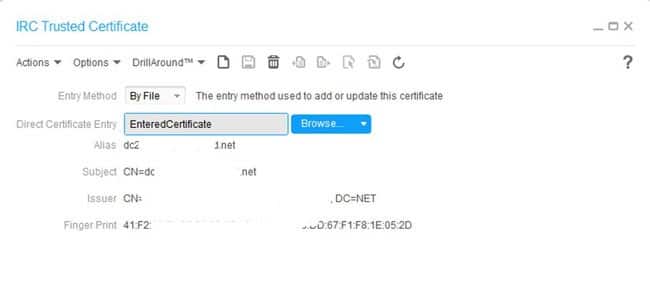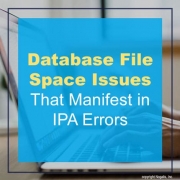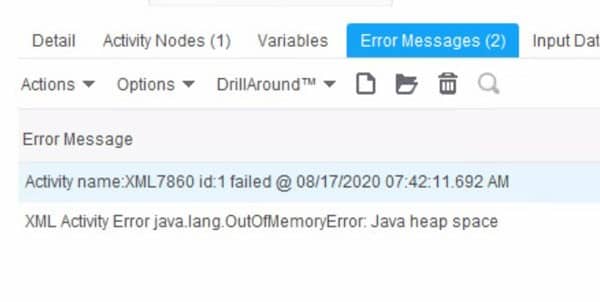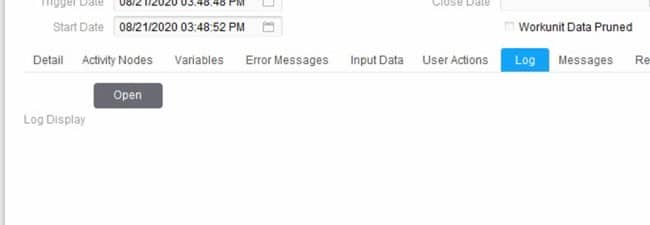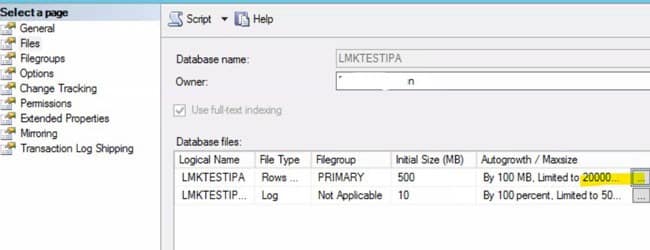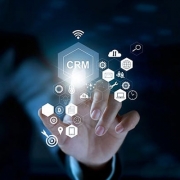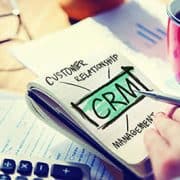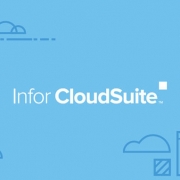A real-time location system (RTLS) helps hospital and healthcare facilities professionals track certain key assets and information and save time, money and patients’ lives. While primarily used for asset management, these systems are expanding to more areas such as contact tracing (which is helpful during this pandemic). Neal Lorenzi shares on Health Facilities Management Magazine how RTLS applications benefit hospital facilities these days.
Hospital applications
“Asset management is the main RTLS service that provides maximum value for hospitals. The automated tracking of staff, patients and equipment offers a demonstrable return on investment in terms of saving time, money and outcomes. RTLSs are also used for patient flow tracking in hospitals and outpatient clinics; environmental monitoring of refrigerators, freezers and rooms; staff backup when assistance is needed; and patient rounding.”
Growing use cases
“The number of hospital applications that integrate with RTLS technology is growing rapidly, expecially with it’s increased interest relating to infection control during this COVID-19 pandemic… RTLSs make it easy for hospital teams to quickly conduct inventory checks in pharmacies and supply rooms where items need to be frequently counted, inspected and rotated. RTLSs also play a role in smaller, offsite health care facilities, a fast-growing market segment.”
Capturing data
“Data capture is a key capability of the latest RTLSs, allowing hospitals to inform a variety of operational improvements. Systems can be used to ensure that assets are available when needed and help prevent overspending on unnecessary equipment. RTLS data also can be used to optimize a facility’s workforce, ensuring that the hospital is properly staffed.”
Innovations abound
Many key tech players have plaforms for RTLSs. Among them are Midmark, CenTrak, Sonitor, Stanley Healthcare, Infor, Vizzia Technologies, Zebra Technologies, and GE Healthcare. One of the key resources for many of their platforms is tracking and preventing COVID-19 in hospitals.
For Full Article, Click Here


